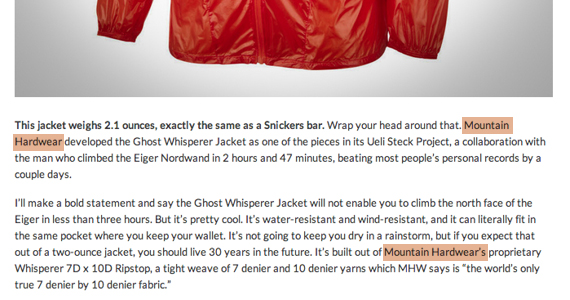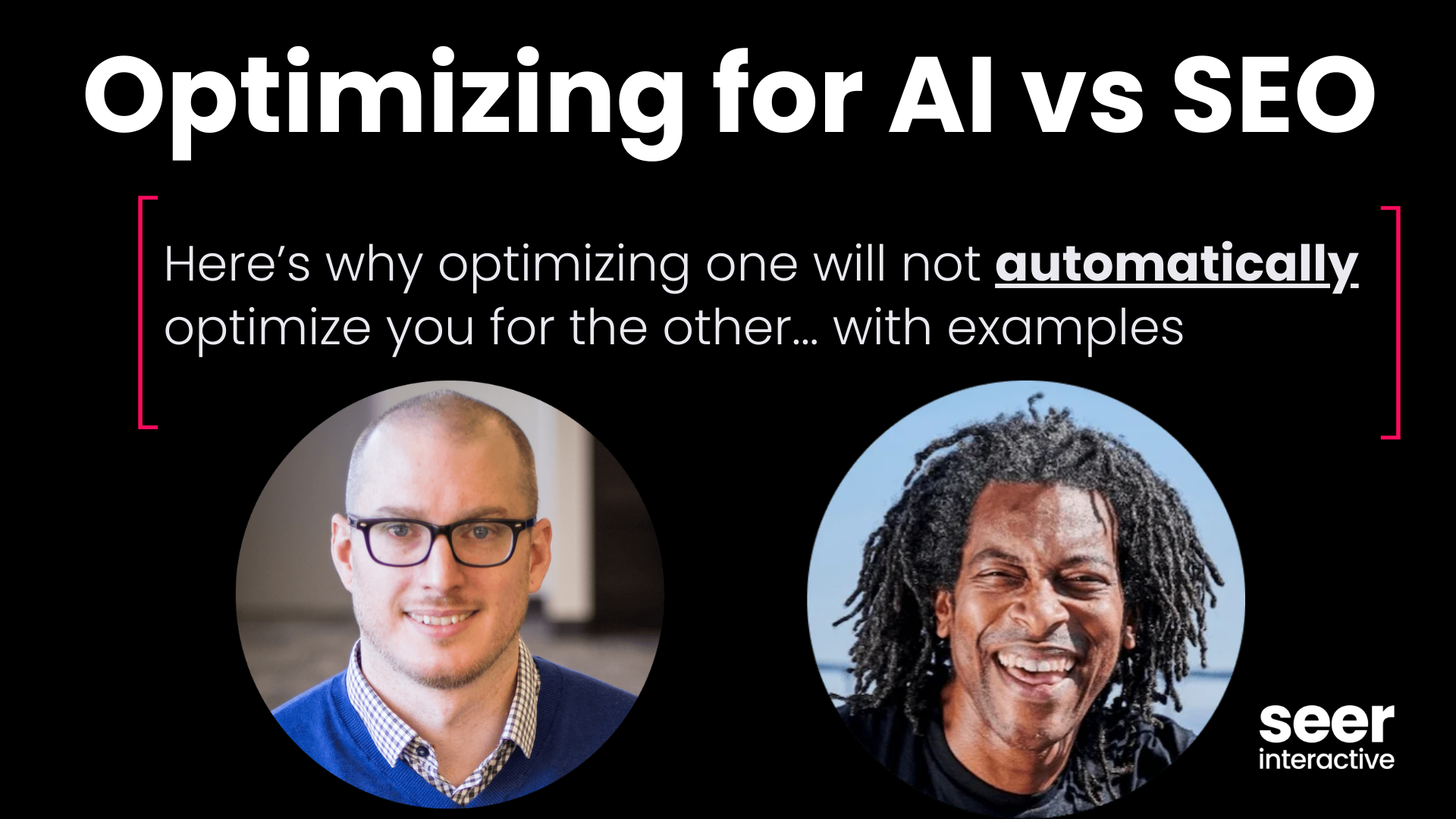Getting started with link building on a new project can be an exciting time. With all of the ways you’ve learned how to build links (or at least read about them), the metaphorical Internet world is your oyster.
However, it can also be overwhelming. How do you determine priority when figuring out what link building tactics you should start with?
Generally speaking, we shouldn’t start a new engagement with a client by pitching them on a $15k interactive asset that will take months to build, and even more time to promote and get links for. In order to get buy-in for those bigger ideas, trust needs to be established first, and the following linking strategies can help you get there.
At the beginning of every project, there are a few link building strategies that I typically start with. These are the types of links that should be fairly easy to obtain, are scalable, and easy to keep executing on throughout the duration of your SEO project. Before we explore each of these strategies, understanding why they’re beneficial is important.
Benefits of starting small
There are multiple benefits to using the linking tactics below at the beginning of a project or when working with a new client:
Builds trust
This is by far the biggest benefit. When you prove that you can build quality links very soon after starting a new project, your client knows that you’re competent and can deliver on promises. Establishing a high level of trust at the start of a project can help you get buy-in for bigger and more involved strategies later on.
Requires hardly anything from the client
Arguably the second greatest benefit is that it’s totally 100% FREE. There’s no budget needed for these strategies, allowing you to save up for other initiatives that may cost money in the future, like creating content and assets, doing giveaways/reviews, sponsorships, etc.
Builds a strong foundation
By using the following strategies, it allows you to obtain a “base level” of links which you can then build off of with more involved strategies.
Builds relationships in the beginning of your project
For example, if your client was mentioned on a major news site with an unlinked mention or misspelled domain, you could reach out to the author of the piece and begin a relationship with them. Further down the road, when it comes time to promote content or assets, you’ve built a relationship with a relevant prospect.
Leaves no stone unturned
If there are easy-to-obtain links, why not start with that first?
The following are all strategies that can be revisited multiple times throughout a project and can be worked on “in the background," perhaps by a less experienced link builder, while more advanced team members work on more involved strategies such as asset promotion, contests, sponsorships, or relationship building.
Jump to each strategy: Misspelled Domain Link Building Unlinked Mentions Link Building Image Reclamation Link Building Old Logo Link Building Competitive Analysis Link Building Social Profile Link Building
1) Misspelled Domain Link Building
Misspelled domain link building is the process of finding links from other websites pointing to a misspelled/typo version of a domain, and asking for the link to be updated to the correct domain. Most people are receptive to this kind of outreach because they are concerned with the quality of their content, and that includes links. Most website owners don’t want to be linking to a 404 page.
Step 1:
Take your client’s domain and run it through this tool: http://tools.seobook.com/spelling/keywords-typos.cgi
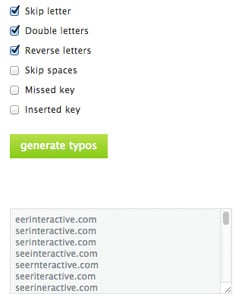
Step 2:
Gather all of the results, and upload into the bulk backlink checker from MajesticSEO.
Step 3:
Distill your list down to only the domains that have links pointing to them.
Step 4:
Gather contact information for the websites linking to misspelled domains and reach out to them. Let them know about the misspelling, and ask them to update the link. See a tried-and-true example of an outreach message we’ve used for SEER clients below.
Additional resources and posts on the topic: http://tlcseo.com/brand-link-misspellings/ https://www.seerinteractive.com/blog/brand-link-building-url-misspellings http://moz.com/blog/headsmacking-tip-5-link-building-through-conservation
Tools to use: MajesticSEO Bulk Backlink Checker, Spelling Typo Generator, Buzzstream for your outreach (optional, but recommended!)
Outreach message sample:
Subject: Whoops! Could you edit this? Body: Hello [First Name], We noticed that [Website Name] is linking to [Client] - thanks so much for the love! Unfortunately the link is spelled incorrectly and we were hoping you could correct this so your readers could find our site. This is the post where the URL is misspelled [enter post URL] and this is the proper URL: [enter correctly spelled domain]. Is it possible to update the link? Thanks so much, [Your Name]
(Thanks to Sarah Gurbach for sharing your outreach message!)
2) Unlinked Mentions Link Building
Unlinked mentions link building is the process of finding a brand or person mentioned on the web without being linked to and reaching out to the website owner asking them to give credit to that person or brand.
Step 1:
Gather your list of unlinked mentions. There are multiple ways you can go about doing this:
- Retroactively: Use advanced queries such as “client name” -site:clientdomain.com. You can also use Fresh Web Explorer to monitor mentions.
- Real-time: Set up TalkWalker alerts for your client. I’ve said it before, and I’ll say it again, TALKWALKER FTW. It picks up far more than Google Alerts - and it’s free!
- Future mentions: Bet you didn’t think you could predict the future, did you? Is your client scheduled for a press conference or interview? Did your client’s PR team share all of the sources they will be featured in over the next few months? Subscribe to RSS feeds for those sources, set up visual page monitors on author pages, speaker lists, etc., and monitor for when your client is mentioned. If they weren’t linked to, add them to your outreach list!
Step 2:
Reach out to the website owner asking them to credit your client.
Additional resources and posts on the topic: http://moz.com/ugc/guide-to-using-unlinked-brand-mentions-for-link-acquisition-20981 http://tlcseo.com/link-building-for-startups/
Tools to use: Moz's Fresh Web Explorer, TalkWalker
Outreach message sample: Hi there, We noticed that you featured [client] in one of your posts [link to post]- thanks so much for the love! We were wondering if you could add a link to [client] so your readers can easily find the site. [Client]’s URL is: [client URL] Would it be possible to add the link? Thanks so much, [Your Name]
(Thanks again to Sarah for sharing another great outreach message!)
3) Image Reclamation Link Building
Image reclamation link building is the process of finding your proprietary images being used on other websites without citing the original source (you) and asking for credit. These images can be product photos, header images, graphs, charts, and even infographics.

Step 1:
Gather a list of websites using your images. There are multiple ways you can go about doing this:
- Retroactively: Do a reverse image search using Google Images
- Real-time and future mentions: Use ImageRaider and upload your proprietary images. Image Raider will then send you a report of websites that are using your images without linking back.
Step 2:
Reach out to the website owner and ask them to give credit for using the image. Some brands would consider slapping the website with a lawsuit for copyright infringement, but if you use it as an opportunity to form a relationship, you could be better off in the long run.
Tools to use: http://www.imageraider.com/
Outreach message sample: Hi [FIRST NAME], My name is [YOUR NAME], and I work with [client]'s Marketing Team. I just came across your site and am delighted to see one of our [product]s being featured in your photos! We love when people share photos of [client's product] but we noticed that there's no link attributing the photo to [client]. If possible, could you add an attribution link to us in your post: [LINK TO CLIENT IMAGE]? That way, your readers can find the [product] a little easier. Thanks for supporting [client name]! Best, [YOUR NAME]
4) Old Logo Link Building
Old logo link building is only applicable to brands who have gone through a redesign or rebrand. Similar to image reclamation, “old logo link building” is the process of finding websites using your old logo, and reaching out to them to update it.
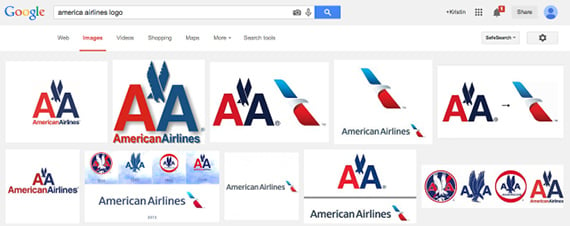
Step 1:
Similar to image reclamation, you will will first need to gather a list of websites using your old logo. There are multiple ways to do so:
- Retroactively: Do a reverse image search using Google Images
- Real-time and future: Use ImageRaider and upload all versions of your old logo. ImageRaider will send you reports of websites using your old logo without linking back.
Step 2:
Reach out to the websites who are using your old logo asking them to a) update it with your new logo and b) link over if they haven’t already. Again, this is an opportunity to build a relationship with someone who has been familiar with your brand for a while (long enough to be using your pre-rebrand logo).
Tools to use: http://www.imageraider.com/
Outreach message sample: Hi [FIRST NAME], I noticed you’re using [brand]’s logo on this page on your site. We actually went through a rebrand [date/time] and part of our re-brand was a new logo. I’m attaching a new version of our logo, and we’d appreciate it if you could update the page with our new logo. Thanks! [your name]
5) Competitive Analysis Link Building
Competitive analysis link building is the process of finding links that your competition has gotten, that are easy to obtain for your brand.
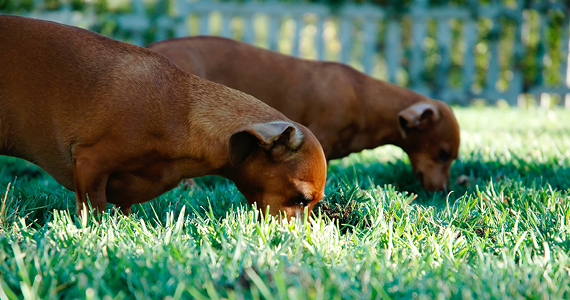
Step 1:
Pull all the backlinks for each of your main competitors.
Step 2:
Analyze where the links are coming from. What TLDs are they getting links from? Are they getting guest blog links? Resource pages? The types of links that will be easiest to target first are those that are on resource pages. If you and your competitors offer the same or similar products, there should be virtually no reason that your website shouldn’t also be listed.
Step 3:
Gather contact information and outreach to the websites who are linking to your competitor as a resource.
Tools to use: Your favorite link index tool such as Ahrefs, Moz's Link Explorer, or MajesticSEO
Additional resources and posts on the topic:
http://tripleseo.com/diy-linkbuilding-a-competitor-analysis-case-study/
Outreach message sample: Hi [FIRST NAME],I came across your resource page [LINK TO PAGE] and wanted to share a [client industry] resource with you to hopefully be included![Insert details about what makes your client/brand unique] Would you be open to including [CLIENT] as a resource? Thank you, [YOUR NAME]
6) Social Profile link building
Using social profiles to build links is quite simple. Take inventory of all your social profiles (or high-profile pages on other websites), such as your Facebook, Twitter, YouTube, Pinterest, Slideshare, etc.
There are other ways to go about using mentions on other websites (think high-profile guest posts, reviews, links to an author's book on Amazon?) but for now, we’ll stick to the basics using social profiles.
For example, Wil has 400 websites linking to his Twitter profile according to Ahrefs. We can download a list of those URLs, and determine if those 400 websites are also linking to SEER’s website.

Step 1:
Take inventory of all social profiles
Step 2 :
Check backlinks to each of the social profiles, and download them.
Step 3:
Put the sites in order of highest to lowest Domain Authority, and analyze to determine whether they’re linking to your website as well. If not, add them to your outreach list!
Tools to use: Your favorite link index tool such as Ahrefs, Moz’s OSE, or MajesticSEO
Outreach message sample: Hi there, [Line about the circumstances in which the social profile is linked to, and thanking them for sharing]. Would you also be willing to link over to [Client]’s website so that visitors can easily find more information about [client] if they’re interested? Thanks! [Your name]
It doesn’t matter what order you try out these strategies. Take your client’s goals and objectives into consideration. If a client’s brand is sacred and very important to them, try doing old logo reclamation to help them out. Is your client obsessed with what their competitors are doing? Try competitive analysis link building first to show them you can easily do what their competitors have done, and more!
Have you ever used any of the strategies above when starting out your link building campaigns? How has that helped you establish trust with your client?
